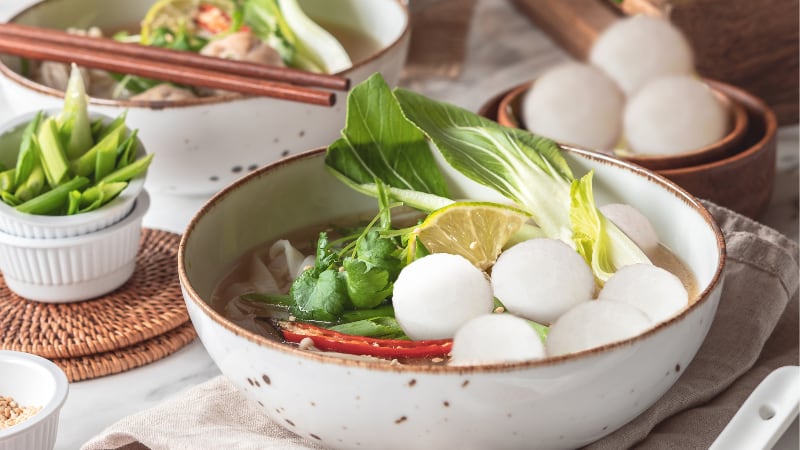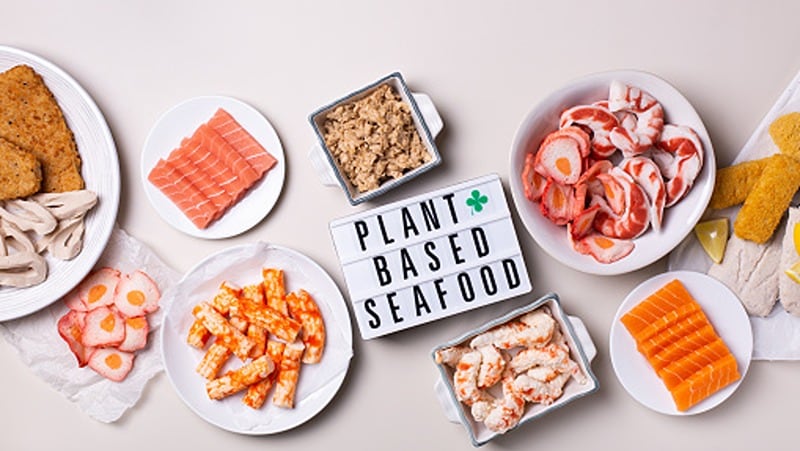In the first part of our exclusive interview with Thai Union, the firm’s Alternative Proteins Managing Director Maarten Geraets told us that getting the sensory experience just right is crucial to help the plant-based seafoods market grow to the level that plant-based meats have reached in the past several years.
That said, he also highlighted that a great consumption experience alone is not enough to achieve widespread success if the everyday consumer is unable to access these products – and this is where a balance needs to be achieved for product affordability.
“Many consumers are still unfamiliar with accepting plant-based proteins as ‘real’ protein sources like their conventional fish and meat, and this will take time to change, but in the meantime we need to overcome the scepticism of plant-based being ‘fake’,” he told FoodNavigator-Asia.
“So when it comes to making purchases, and they are faced with the options of buying a ‘real’ and ‘fake’ product – nowhere in the world will any consumer opt to pay a premium for a product they still perceive as ‘fake’, which is a barrier when wanting to get them to try new products in order to grow the category and get to that ‘real’ status.
“This is further exacerbated by current inflationary and other economic issues brought on by factors such as the Russia-Ukraine war.”
Geraets believes that these economic challenges means there may not be huge growth in the pipeline just yet for the alternative proteins sector, but also that if the industry can get all its ducks in a line there is still a way to make a breakthrough here.
“The only way to really unlock consumer acceptance is to both provide that wow factor in terms of the sensory experience, as well as to hit the right price point for them – that would be the real breakthrough,” he said.
“This is why there is a need to work towards price parity in all the alternative protein categories, whether it is by improving the technology or accelerating product development, or otherwise.”
The other reason driving this need for more protein options is the heightened demand predicted to come not only in APAC but globally over the next few decades, with animal protein alone no longer believed to be sufficient to feed the global population.
“Many companies that have long-specialised in meat or seafood protein are revising their strategies to include more sources, and the underlying rationale is clear – to be part of the system feeding the predicted 10 billion people in the global population by 2050, as the same protein sources today are not going to be enough,” he said.
“And the key here is really to look at this in terms of providing more variety to consumers, and not look at it as one replacing the other, not plant-based replacing conventional meat or seafood.
“What is important is to provide consumers with that whole array of solutions, which can be meat, seafood, plant-based protein, cultivated meat, insect-based solutions, hybrid solutions and so on – the protein section of the future needs to provide a lot more choice.”
Economic challenges and opportunities
Geraets believes that it may be some two to three years before truly huge growth will be seen for alternative proteins in APAC due to current economic conditions, but also that there are opportunities that can be utilised from this.
“Asia will see continued interest in the alternative protein space though it may take some time to take off in a huge way, but there are also many opportunities here as it means price parity may be reached faster out of necessity,” he said.
“Many of the first alternative protein firms were in the US and EU side of the world, but with these being increasingly challenged there, we may see them making more strides here in Asia as well.
“I am also hopeful to see more localized solutions, more Asian fare to maximise opportunities and move away from things like burger patties and nuggets.”
The other big hope is that governments will step up support of the industry given the protein demand and necessity to avoid malnutrition, which would in turn greatly speed up the speed of industry growth.
“The main thing would be from a regulations viewpoint, things like providing clarity on regulations and product naming which would facilitate advancement into more new areas,” he said.
“There is also the matter of consumer education and facilitating the protein transition, which would certainly move even faster with the support of the governments.”





